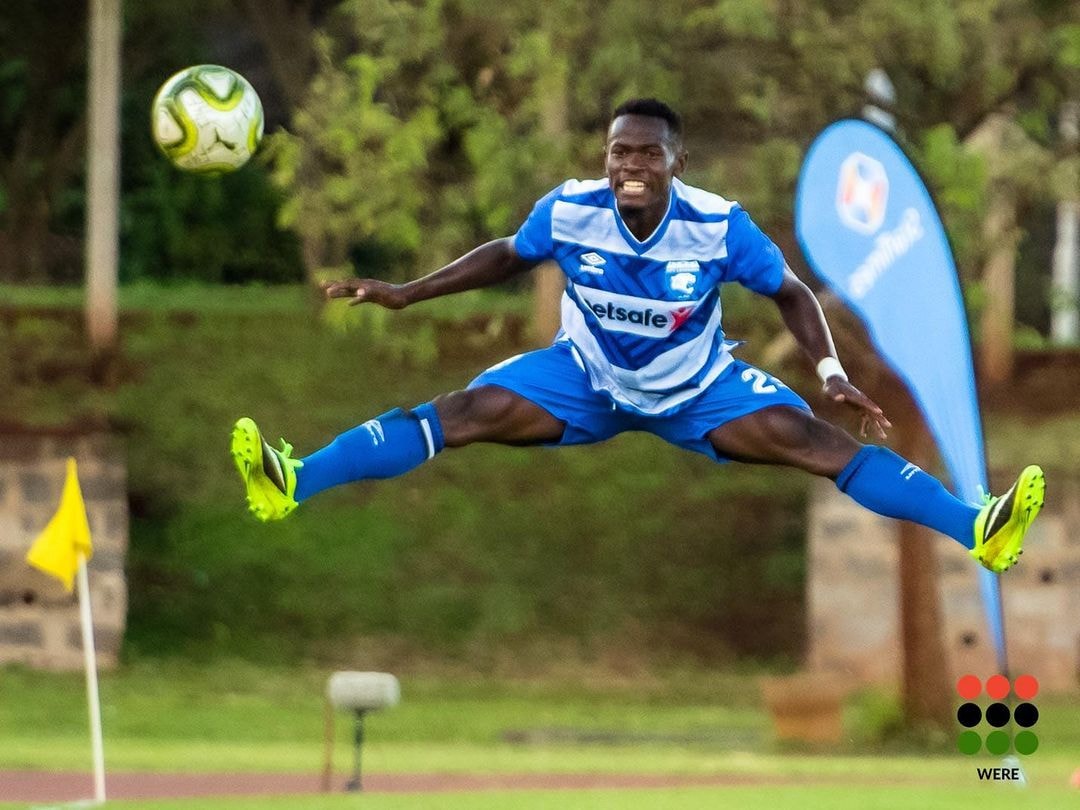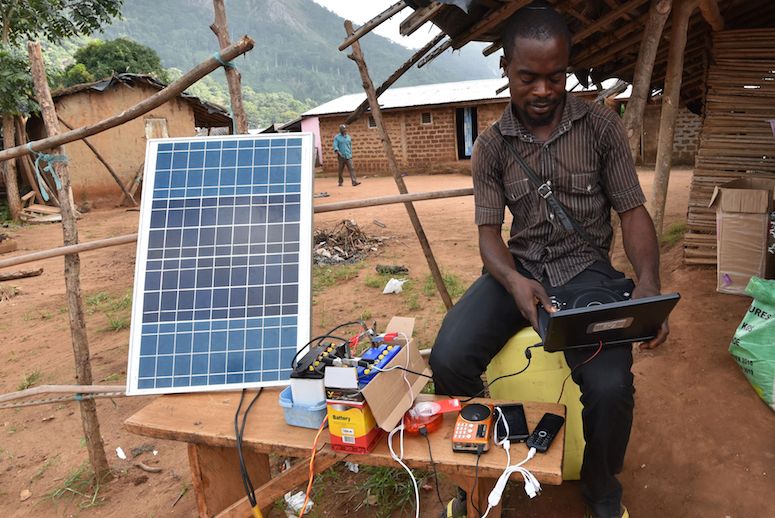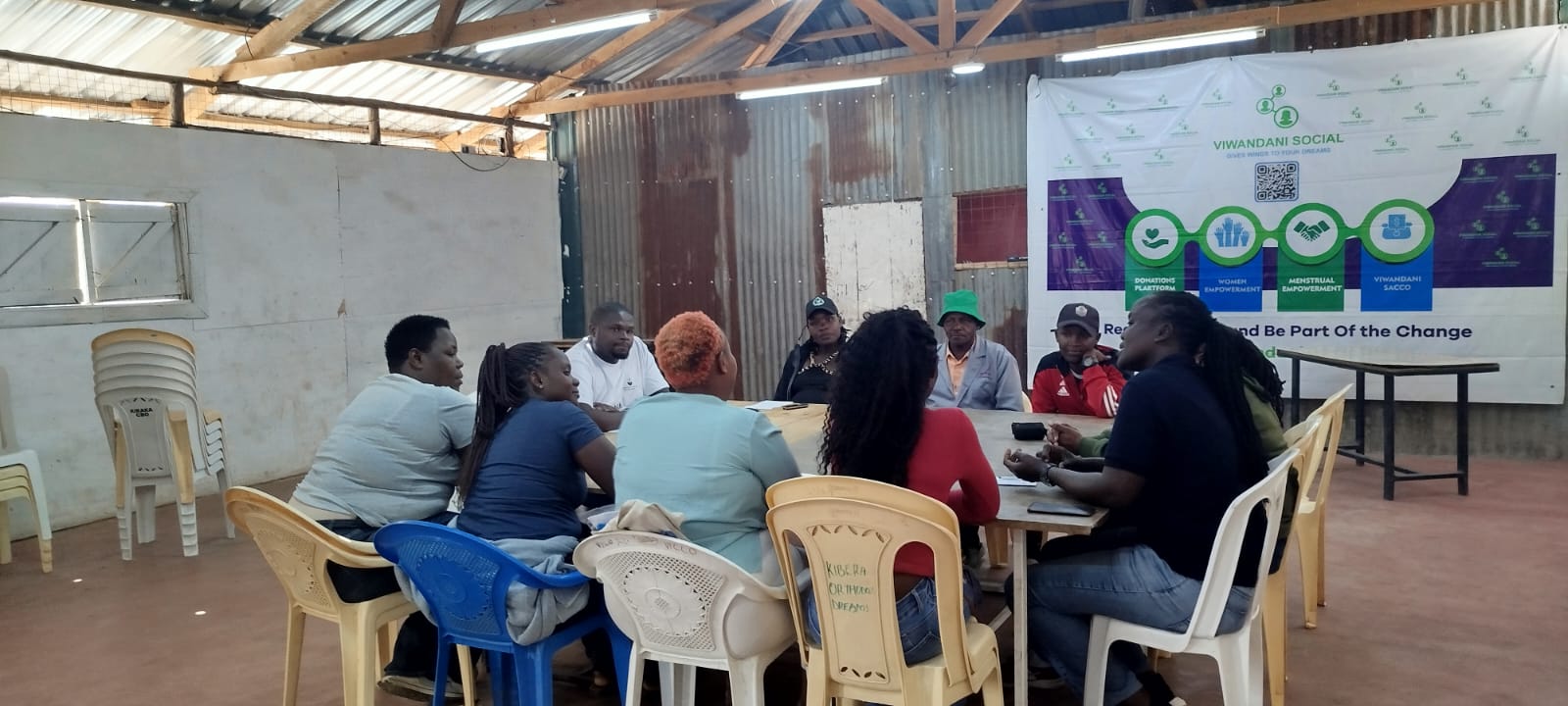FALSE: Photo does not show the drought situation in Embolioi, Kajiado County, in October 2022
In the heart of Mukuru, where bustling streets once echoed with laughter and commerce, now stood a community besieged by nature’s fury. The onset of the rainy season brought with it torrents of water that swelled the rivers to monstrous proportions. Mukuru’s lifelines, its bridges, groaned under the weight of relentless rain until they surrendered, one after the other, to the raging floods.


Among the first casualties was the Mukuru kwa Reuben-lunga lunga Bridge, a sturdy structure that had weathered many storms. Its collapse severed vital connections, isolating neighborhoods and disrupting the flow of daily life. Schools, once filled with eager minds, now stood empty as floodwaters invaded their halls. Children who once ran to their classrooms now navigated treacherous paths, their education on hold as nature asserted its dominance.
Amidst this chaos, the heartbeat of Mukuru faltered. The clinics and hospitals, already flooded too and essential services can’t be accessed easilly. Medical supplies dwindled, and makeshift shelters sprung up wherever dry land could be found. The community, resilient yet stretched thin, banded together to support those most affected.
In the midst of this turmoil, the story of Wanjiku unfolded. Wanjiku a resident at mukuru kwa Reuben, her passion for education rivaling the fiercest storm. As the floods swept through Mukuru kwa Reuben, her home became an island, surrounded by murky waters that threatened to drown the hopes of her safety and well-being. Undeterred, Wanjiku transformed her one room makeshift structure into a sanctuary. With utensils and other valuiables held high above the waterline and a determination that matched her dreams of bing in a better place…
Who will be WANJIKU’S SAVIOUR???
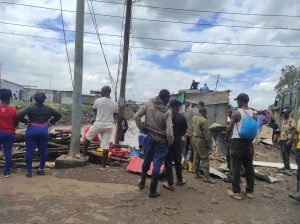
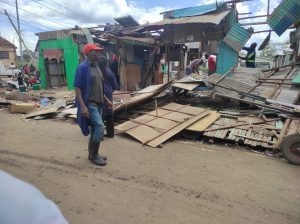
Mukuru, nestled along the riverbanks, was a tapestry of resilience and hardship, where dreams and struggles intertwined in the bustling streets. Communities like Gatoto, Mombasa Zone, Feed the Children Zone, Riverside, Kosovo Zone, Wesinya, and Diamond Zone painted the landscape with stories of survival and hope.
Life in Mukuru was a delicate dance, balancing on the edge of challenges that threatened to engulf its vibrant spirit. The river, usually a lifeline, turned into a harbinger of destruction when heavy rains unleashed a torrent that breached its banks.
Dark clouds gathered ominously, heralding the deluge that would soon engulf Mukuru. Rain poured relentlessly, swelling the river to monstrous proportions. Panic gripped the settlements as families scrambled to higher ground, seeking refuge from the rising waters.
Gatoto, a community teeming with life, now found itself submerged in despair. Homes once filled with laughter were now inundated, belongings floating as reminders of a life washed away. Mombasa Zone, a hub of activity, became a waterlogged maze, its alleys now treacherous currents.
Feed the Children Zone, usually a beacon of hope, struggled to stay afloat amidst the floodwaters. Riverside, once picturesque, now bore the scars of nature’s fury, with debris and wreckage littering its once pristine banks. Kosovo Zone, Wesinya, and Diamond Zone all echoed with the cries of loss and devastation.
Near the main football pitch, where cheers once rang loud, now stood a sea of mud and wreckage. Schools like AEF Reuben Primary School and Gatoto Community Schools,menonnite school, st Elizabeth kingstone usually bustling with eager minds, now lay silent and forlorn, their classrooms submerged, educational materials lost to the currents.
Neighbors became heroes, wading through murky waters to rescue trapped individuals, sharing whatever little they had to offer solace. Donations poured in from afar, a lifeline for a community on its knees.
But amidst the chaos, the looming question remained—how would the schools reopen? AEF Reuben Primary School, Gatoto Community Schools, and others faced an uphill battle—buildings damaged, educational materials lost, and the school year hanging in uncertainty.
As Mukuru’s people rallied together, it became clear that their resilience alone could not solve the underlying issues that made them vulnerable to such calamities. The call for action echoed through the makeshift shelters, across the muddy streets, and into the offices of local leaders.
Mukuru’s story was not just one of tragedy; it was a narrative of resilience, of communities united in the face of adversity. The floods may have tested their resolve, but they could not wash away their spirit. As the waters receded, hope rose like a phoenix from the ashes, a beacon of light guiding the way forward. mukuru ni sisi na sisi ndio mukuru became the slogan that still gives hope to the people.



Ledira Botere, Ruben FM
